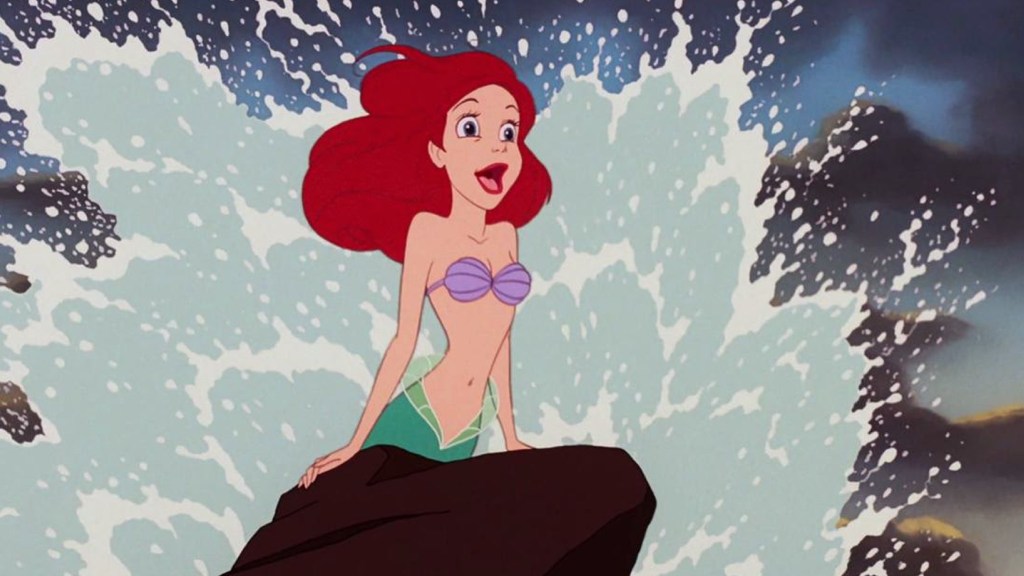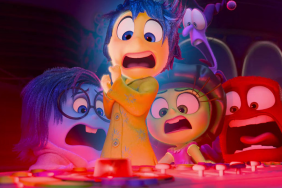Once upon a time, the Walt Disney Company faced a period of struggle and decline in its animation division. However, all of this changed after the release of The Little Mermaid, which revitalized Disney’s animation output and paved the way for the Disney Animation Renaissance Era. This period saw the release of several other company classics, and is remembered as a high point for the Mouse.
Throughout the 1970s and 1980s, the studio experienced a series of underperforming and less successful animated films. These failures resulted in financial difficulties and a decline in critical reception. These included
- The Fox and the Hound (1981) – $63.5 million
- The Black Cauldron (1985) – $21.3 million
- The Great Mouse Detective (1986) – $38.6 million
- Oliver & Company (1988) – $74.2 million
(Aside from Oliver & Company, I’d rank these ventures among my favorite animated films. But that’s a different story!)
During this period, Disney felt pressure from rival animated studios — specifically Universal, which spun An American Tale and The Land Before Time into financial successes. Oliver & Company still brought in a solid $74 million, but those numbers are lackluster compared to Disney’s Golden Era. Adjusted to inflation, Snow White and the Seven Dwarves sold $1.011 billion worth of tickets.
Overall, the studio was able to make ends meet. Its Touchstone Pictures branch churned out hits like Splash ($69.8M), The Color of Money ($52.3M), and Honey, I Shrunk the Kids ($222M). Disney also struck gold with Who Framed Roger Rabbit? ($329.8M) in 1988.
However, when it came to animation, Disney had not experienced a blockbuster success like 1967’s The Jungle Book ($378 million, adjusted for inflation and accounting for re-releases) in quite some time. The decline in Disney’s animated films had led critics and industry analysts to ponder whether audiences had become weary of traditional animation.
What led to Disney’s Renaissance Era?
Everything changed on November 17, 1989. From the ocean depths emerged an unlikely savior — The Little Mermaid. Based on the Hans Christian Anderson classic, it followed a young mermaid who yearns for a life outside the sea. This cinematic tour de force showcased breathtaking animation and mesmerizing character designs crafted by the talents of Glen Keane, Mark Henn, Andreas Deja, Duncan Majoribanks, and other gifted artists. Through its captivating narrative, unforgettable characters, and infectious melodies, The Little Mermaid enthralled families far and wide.
In total, this animated classic amassed a staggering $211 million worldwide. (That’s equivalent to a remarkable $500 million in today’s box office landscape!) Its triumphant performance not only marked a significant milestone for the House of Mouse, but ushered in a new era for the deflated company. The film’s box office success served as a resounding testament to the enduring demand for traditional hand-drawn animation. Moreover, it reestablished Disney’s animation department as an unrivaled force, and reaffirmed its position of prominence — and power.
Without the groundbreaking success of The Little Mermaid, it’s plausible we might have never experienced classics like Beauty and the Beast, Aladdin, The Lion King, Mulan, or Tarzan. Instead, the studio may have adopted a more cautious approach or embarked on different creative paths for future projects. Thankfully, this never happened.
Ariel paved the way for the Disney Animation Renaissance Era, which featured a new era of strong-willed Disney princesses lke Belle, Jasmine, Pocahontas, and Mulan. Musical numbers such as “Under the Sea” and “Part of Your World” became instant classics, and continue to be celebrated and performed in various adaptations and media. The film led to a Broadway adaptation, a pair of direct-to-video sequels, and an animated series – on top of a wide array of merchandise, including toys, clothing, and accessories. Ariel features prominently at Disney’s various theme parks and video games to this day, too.
The movie even won two Academy Awards for Best Original Score and Best Original Song for Alan Menken and Howard Ashman. This kicked off an astonishing collaboration that bled into Beauty and the Beast, Aladdin, Enchanted, and many others.
The impact of The Little Mermaid on the Walt Disney Company and popular culture cannot be overstated. Kids who grew up in the 90s remember Disney’s cultural stock during that era. Every summer featured a new animated film with promotional tie-ins splattered worldwide. They produced must-see entertainment and more or less morphed into an unstoppable superpower — for better or worse.
So raise a glass to Ariel, the little mermaid who dared to dream and sparked a renaissance of magic and joy. Hopefully, she’ll be ‘part of our world’ for a long time to come.










